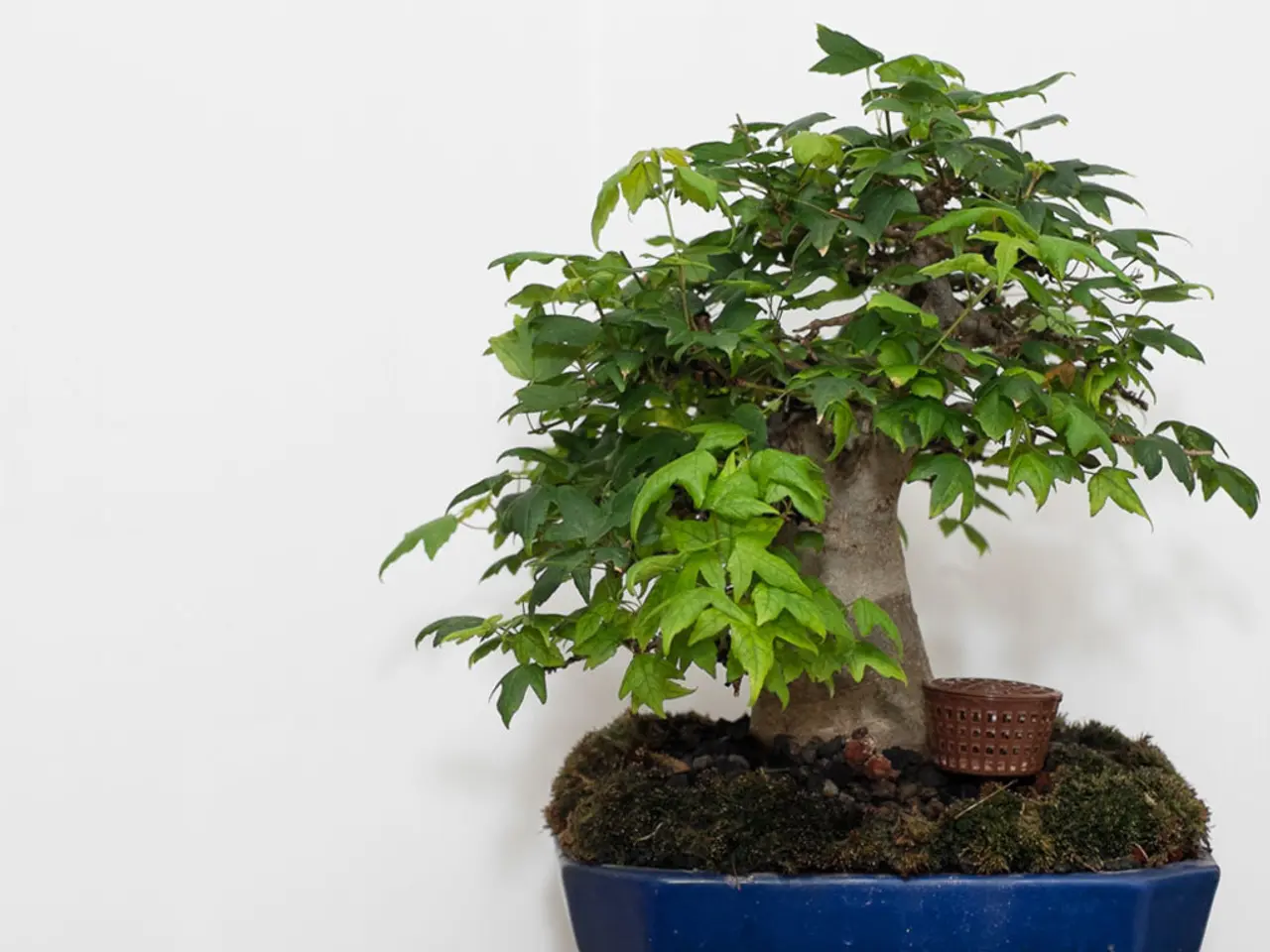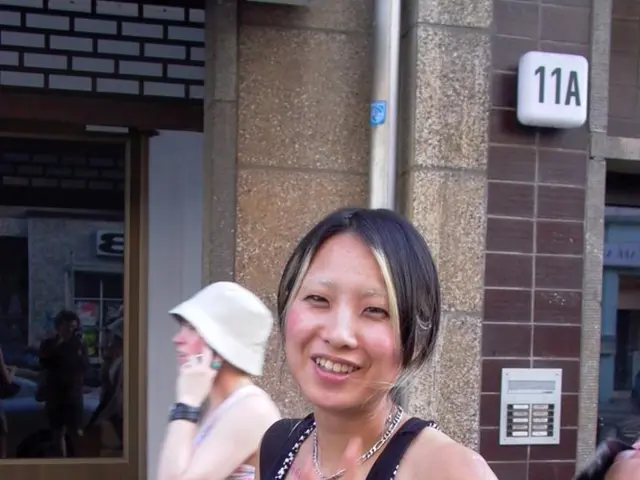Quick Tips for Bonsai Lovers with Limited Time: Efficient Care Strategies for Thriving Miniature Trees
In the pursuit of maintaining a harmonious balance between a busy lifestyle and the tranquility of bonsai trees, three low-maintenance species stand out as ideal choices: Ficus, Chinese Elm, and Jade.
For those who appreciate the beauty of figs, the Ficus (Ficus carica or Ficus retusa) is a forgiving and easy-to-care-for option. Thriving in both indoor and outdoor environments, Ficus trees are tolerant of low humidity and irregular watering, making them perfect for busy individuals. Regular pruning is necessary to maintain their shape, but they recover quickly from mistakes and adapt well to indoor setups with proper humidity management.
The Chinese Elm (Ulmus parvifolia) is another hardy and adaptable choice. These trees can thrive in both indoor and outdoor conditions and are relatively low maintenance, making them suitable for busy individuals. Chinese Elms are resilient and can handle some forgetfulness, requiring less frequent pruning compared to some other species.
For those seeking a more succulent option, Jade (Crassula ovata) is an excellent choice. This drought-tolerant species requires minimal maintenance and is extremely forgiving, making it perfect for those with busy schedules. Jade trees need infrequent watering and can survive with neglect.
When it comes to bonsai care, prioritizing essential tasks and adopting streamlined methods is key. This includes focusing on primary branch selection and a more relaxed approach to pruning, as well as implementing humidity management hacks like placing bonsai on a tray filled with water and pebbles or using a humidifier.
By grouping bonsai trees together, a collective humid microclimate is created, reducing the need for individual attention. Scheduling bonsai care during morning meditation or evening unwinding can also reduce stress and anxiety and enhance overall well-being.
For busy individuals, allocating a specific time slot in their daily routine for bonsai care is recommended, starting with 10-15 minutes a day for basic tasks. Self-watering pots or drip irrigation systems can automate watering, eliminating the need for frequent checking and granting peace of mind.
When choosing bonsai pots, opt for those with good drainage to support root health and reduce maintenance. Ensure your bonsai receives the appropriate amount of sunlight based on the species—indirect for indoor trees and direct for outdoor ones. For indoor species like Ficus, use a humidity tray to maintain a suitable environment.
By incorporating these low-maintenance bonsai species into daily routines and adopting efficient care strategies, busy individuals can cultivate a sense of calm and tranquility that permeates other areas of their lives, all while enjoying the beauty and serenity of bonsai trees.
[1] Humidity Management for Indoor Bonsai: A Comprehensive Guide. (2021). Bonsai Today. [2] The Best Bonsai Species for Busy People. (2020). Bonsai Empire. [3] Low-Maintenance Bonsai Species for Beginners. (2019). Bonsai Tonight.
- Fashion-and-beauty guidelines may suggest adding a Ficus tree to a home interior, as it thrives in low humidity and is easy to care for, aligning with the requirements of a busy lifestyle.
- In the realm of food-and-drink, the Chinese Elm might not be a prominent player, but its hardiness makes it an ideal indoor or outdoor bonsai, suitable even for those with busy food-preparation schedules.
- For those seeking a home-and-garden touch of tranquility, Jade, a drought-tolerant bonsai species, is an excellent choice due to its minimal maintenance needs, aligning well with the hectic routines of modern life.
- In the realm of relationships, the act of caring for a bonsai tree together can foster a sense of shared personal-growth and mutual responsibility, helping to strengthen bonds between partners.
- In the pursuit of education-and-self-development, one may find solace in researching different bonsai species, such as the Ficus, Chinese Elm, or Jade, using resources like traveling to botanical gardens or shopping online for books and resources.
- As career-development progresses, one might find the slow, focused process of shaping a bonsai tree to be meditation in itself, offering a form of stress-relief and self-care during busy work days.




